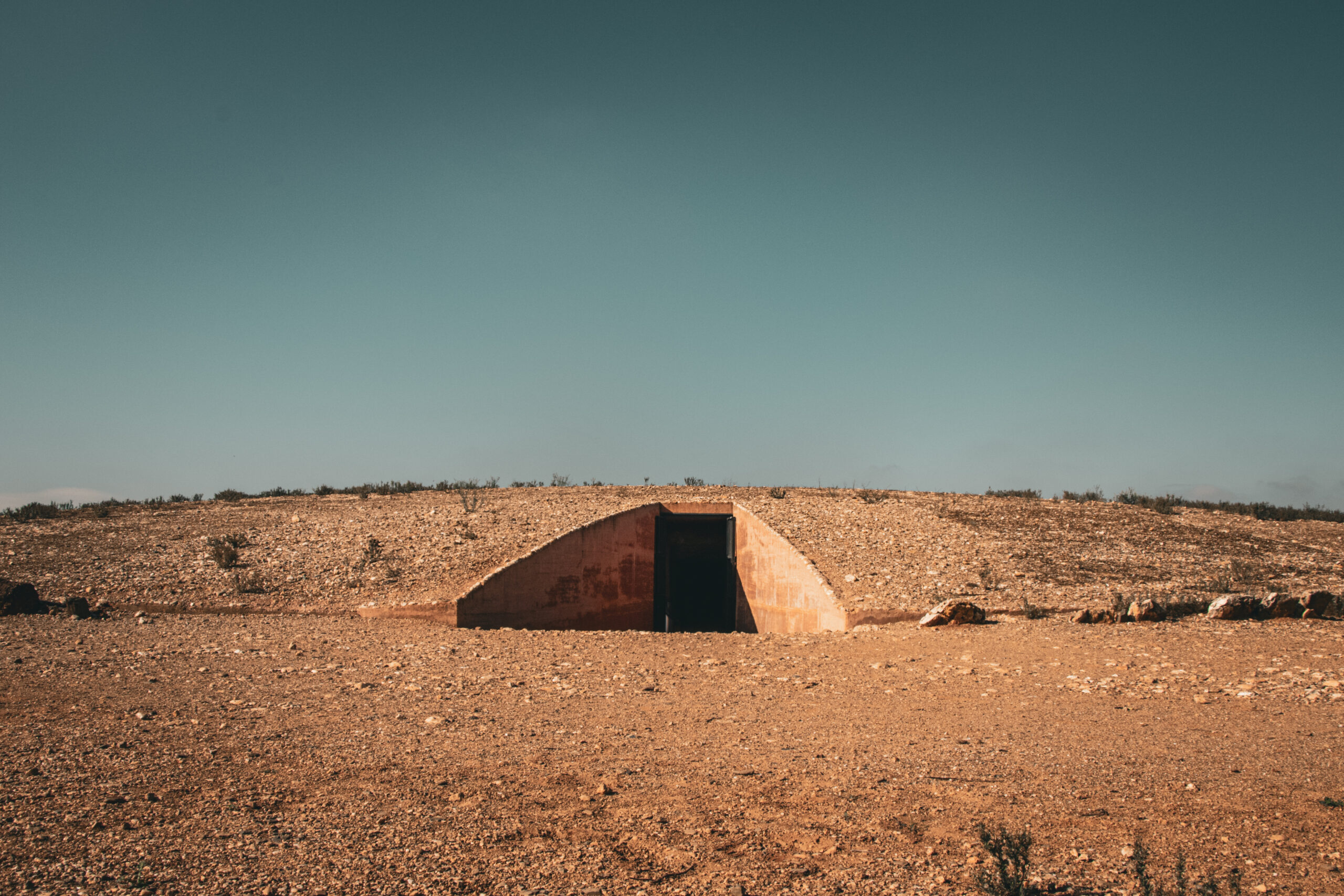
THE DISCOVERY
The dolmen of Soto is located in the municipality of Trigueros, 20 km from the city of Huelva, between the rivers Tinto and Odiel.
Its discovery, as it usually is, was fortuitous. The owner of the estate, Armando de Soto, wanted to build a caretaker’s house in 1923. Armando at first thought he had discovered the tomb of Mohamed Ben Musa, who was credited with the creation of the first algebraic work in the ninth century and published in the eighteenth century.
That same year he wrote a letter to the archaeologist professor Hugo Obermaier reporting the discovery and asked him to take charge of the study and classification of the dolmen and its elements. Curiously, before the construction of the guard house, a bullring was built as a bullfighting ring…
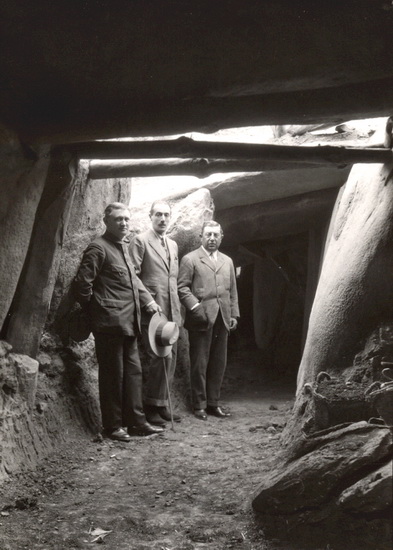
TYPOLOGY AND MEANING
Although more than 200 megalithic monuments have been found in the territory of Huelva, the Dolmen of Soto is one of the most relevant.
The Dolmen of Soto, dated between 3000 and 2500 BC, belongs to the family of dolmens known as long corridor dolmens. Its size is one of the most surprising features, as it is the largest of all those found in the province of Huelva, with a length of almost 21 meters. The width varies depending on the area where you are. Near the door it reaches about 0.80 meters, while in the part of the chamber it rises to more than three.
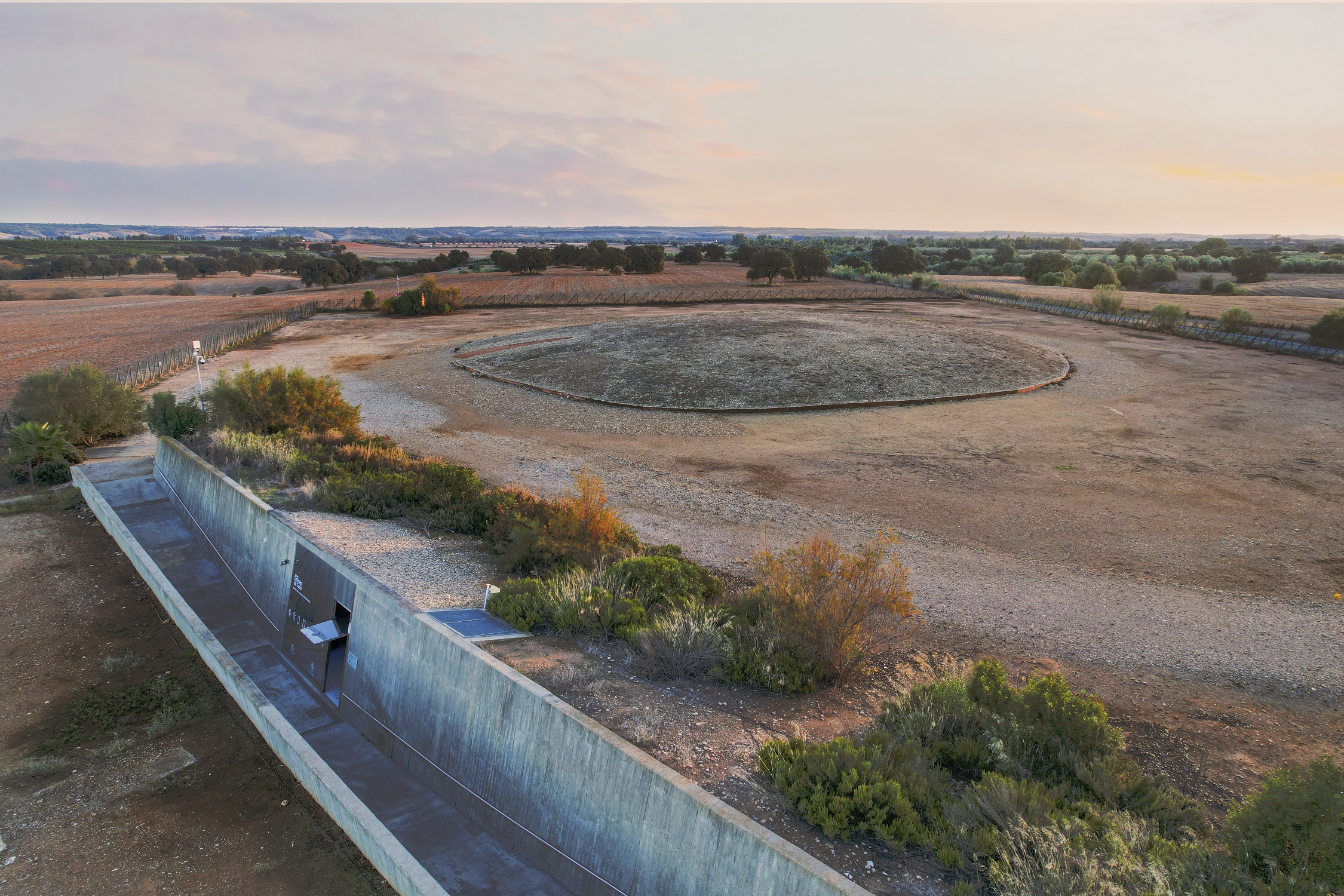
The Dolmen of Soto is oriented in an East-West direction like the vast majority of dolmens in Atlantic Europe, this implies that from the bottom of the corridor of the dolmen where the altar was located, the Sun was only visible during the equinoxes, therefore the dolmen also served as a solar calendar, keeping in mind that this was a civilization of farmers and ranchers and that the knowledge of the date of the autumn equinox was essential to start the sowing of the crops.
But what makes it almost unique are the paintings on the stoneware depicting the stars and constellations. It is exciting to contemplate the vision of cosmology that these people had, because that is what these paintings represent, the world in relation to the sun, the moon or the stars. The legends and the different divinities they venerated, as well as the funerary rituals they carried out, are revealed through these symbols. A complex iconographic program.
Remember that it is more than 4,000 years old ! and these farmers already had the knowledge of the interpretation of the stars …. The cosmological engravings are spectacular and must be seen.
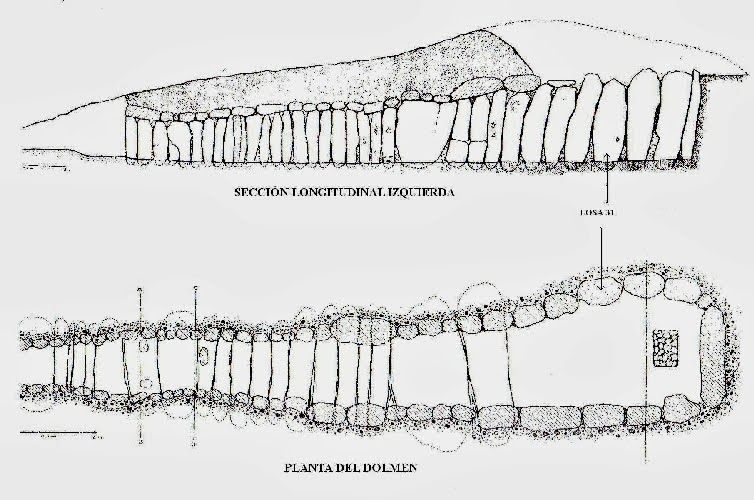
DEATH AS A CELESTIAL ELEMENT
The cult of death in prehistoric times is fundamental, to venerate the ancestors and honor their memory is what was intended when building this type of architecture. Before reaching the dolmen, a stone circle with a diameter of 60 meters composed of different blocks and menhirs has been found. It is very likely that the whole complex was a huge sanctuary, used until the Copper Age.
The technique used is the engraving, by means of incisions or abrasion, being able to observe paintings with different motifs.
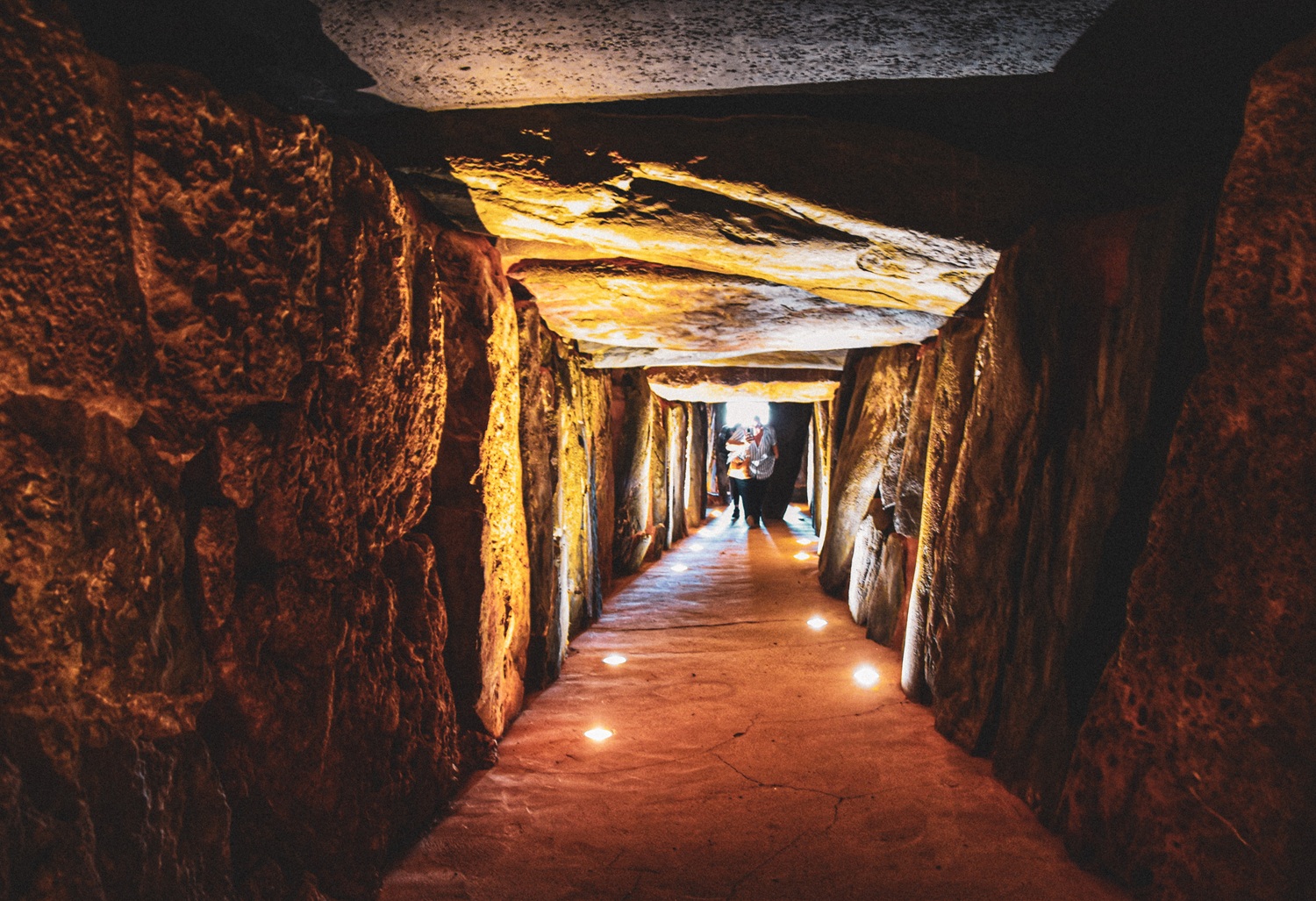
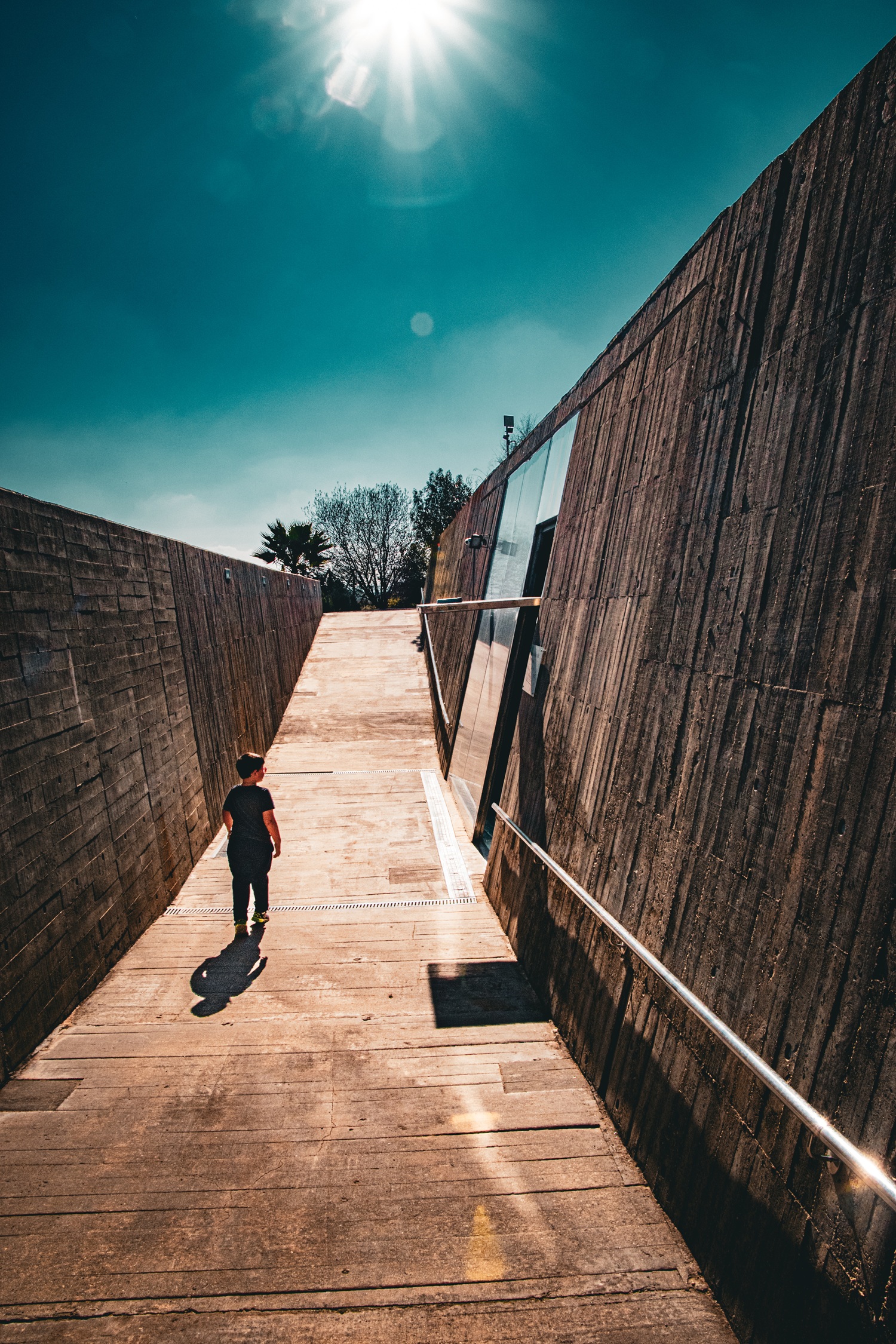
MEGALITHIC ROUTE OF THE ATLANTIC
We propose you to enjoy this prehistoric wonder along with other of the most important of the European Atlantic in our Atlantic Megalithic Route, a trip with accommodation, specialized visits and a unique experience to discover a unique civilization.
Photograph: Andalucía Experiencias and Trigueros City Hall.
